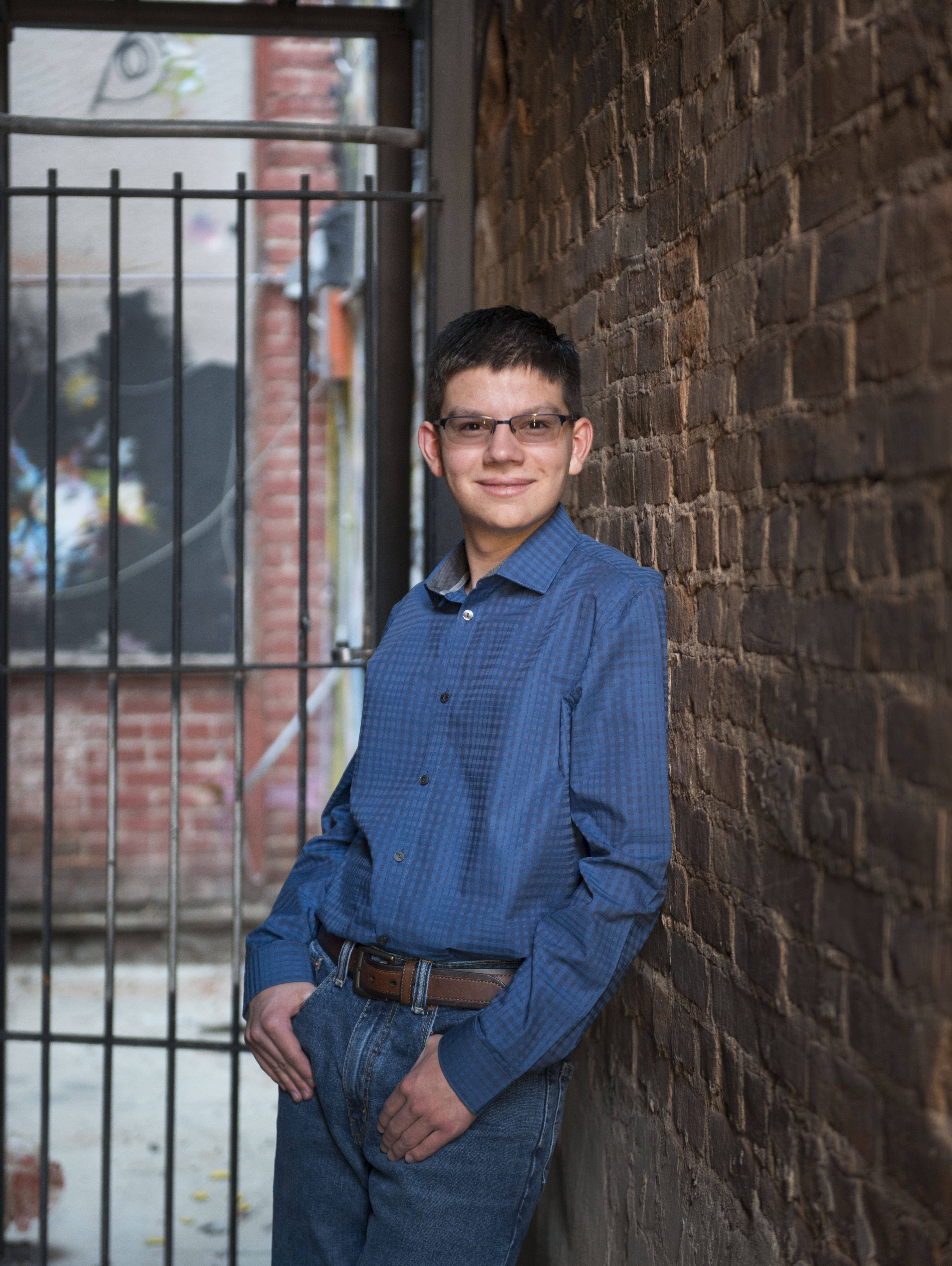Week 10
For the last week of the project. I have been busy constructing my final report. In addition, I have been preparing documentation for someone else to pick up this research topic in the future.

Summer 2020 DREU Project
For the last week of the project. I have been busy constructing my final report. In addition, I have been preparing documentation for someone else to pick up this research topic in the future.
My goal for this past week was to analyze both CPU and GPU profiling data that I have collected. I especially focused on the differences in the CPU metrics gathered when the program was running with and without a GPU. Interestingly enough, when running with CPU only, the program executed faster, but was far less efficient in its processing than running the program with both the CPU and GPU.
This week I have started running perf and other profiling tools on the now-working source codes. At first I was unsure of what type of events I needed to collect. After further discussion with my mentor, we decided that I should try and find what hardware systems were limiting the performance of the programs. Also this week, Nia Blake and I gave a presentation to all of our mentor’s research students on what we have learned so far about HPC’s impact on the response to the COVID-19 pandemic.
This week my goal was to get the rest of the source codes up and working. For each of these sources a new virtual environment was created to isolate the individual requirements. With the remaining time For this project growing shorter, the scope of the original goal was reduced and the goal was refined to: Investigate how High Performance Computing has influenced humanity’s response to the COVID-19 pandemic. Most of my focus was on working on and understanding the Deep Learning Covid Cure source code created by Matt O’Connor. The main reason for this focus is this program showed that Remdisiver was the potentially good drug to fight COVID-19, and this drug has since been under clinical trials and is showing promising results to this day.
After getting Minifold to load its model file last week, the challenge for this week was to utilize it to recreate the predictions that program claimed to make. This difficulty was largely due to the program being built on CUDA 9.0 while the Boson server only ran CUDA 10.2, and a lot of the used python libraries were incompatible with this new update. After creating several environments and testing what module updates could be installed with breaking the program, I finally got Minifold fully up and running, recreating the results described in its readme.
I started the week attempting to run all of the cloned repositories on the Rover server, but I was recommended to switch to the Boson server as Rover did not have a installed GPU, which would be utilized to run the code from the repositories. The rest of the week was spent transfering me over to the Boson server and installing some of the software required to run these source codes. By the end of the week, I was able to get the AlpfaFold remake, “Minifold” able to load its model.
I investigated an open source replication of DeepMind’s Alfpafold. I also found and examined an open source competition to discover potentially helpful drugs to combat Covid-19. In this competition, the winners created AIs to generate novel drug molecules and then evaluate these molecules based on how well they could bind to the novel coronavirus. These repos were cloned to the Rover server in hopes of analysing their techniques and applying them to our project.
This week we were connected to the Rover server at Georgia Tech, and learned what was installed on this computer. I cloned all of the repositories that I have found onto the Rover server. Performance counts and benchmarks were also researched in preparation for running all of the found repositories.
We spent the week searching the internet for various projects concerning the current COVID-19 pandemic and how computers are being used to model the disease. We started categorizing these projects and determining their usefulness, and their to find their source code if it was available. I focused on projects that attempted to model the spread of the disease and how different social behaviors affect these models.
This week started with my initial meeting with research mentor Dr. Hyesoon Kim, PhD student Euna, and research partner Nia Blake. We were shown an overview of how research is generally conducted. We also defined the goals and vision for the project: The goal of this project is to utilize High Performance Computing (HPC) to develop a model on how various social interactions have influenced the spread of COVID-19 and how they will continue to impact the disease. We then established a timeline for our project and began investigating the COVID-19 High Performance Computing Consortium and their various projects.